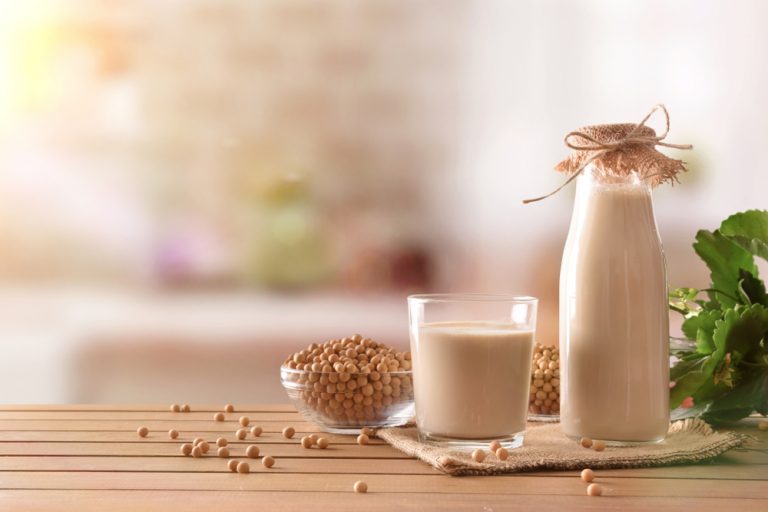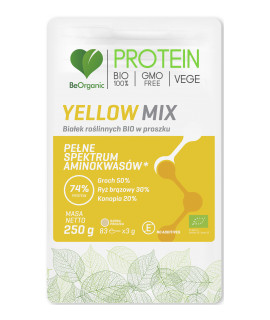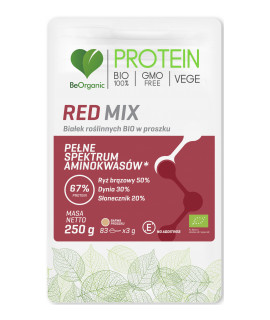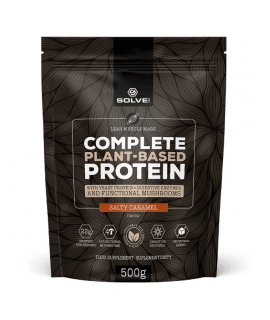The problem of osteoporosis affects about 30% of women in Poland, as well as 8% of men, a total of about 3 million people. Although it would seem that due to the high average consumption of milk and derived products, Polish residents should be relatively resistant to this disease, osteoporosis is surprisingly common.
Milk consumption
Researchers have long known that countries with the highest consumption of milk and its products are also countries where bone health is the weakest. The problem is that although animal protein does contain a lot of calcium, it also increases the amount of acids in the body. The body tries to neutralize acidification using calcium, which in turn is taken from the bones. The Dietary protein increases urinary calcium report, published by Jane Kerstetter and Lindsay Allen, shows that the amount of calcium excreted in urine also increases as a result of consumption of milk and derivative products. Consequently, eating animal protein does not help the bones, on the contrary - it weakens them.
A team of researchers from the University of California announced in turn a report on the impact of women's diet on the frequency of fractures and skeletal loss. After seven years of observation of more than a thousand women over sixty years of age, researchers found that women who consumed the most animal protein in relation to vegetable protein, fractures were 3.7 times more likely than women who had the opposite.
Authorities on topic
Mark Hegsted, a professor at Harvard University, suspects that long-term and too much calcium intake impairs the body's ability to control how much of it is consumed and when. Hegsted noted that in countries such as the United States or New Zealand, where calcium intake is highest, fractures of the hip bone are also common.
The protein of animal origin can be easily converted into a vegetable protein. Large amounts of protein are found, for example, in beans, peas, lentils and leafy vegetables. Soy is also a rich source of protein . There are 34.3 grams of protein in 100 grams of dried soybeans. Soy also contains soy isoflavones. Phytoestrogens, in particular isoflavones, such as genisteins, affect bone density, can counteract bone resorption and have the ability to inhibit osteoclasts (osteoclasts have the ability to dissolve and resorb bone) and stimulate osteoblasts - bone-forming cells. Researchers believe that consumption of soy has a beneficial effect on the mass and density of bone tissue.
How to deal with Soy?
Soy is definitely worth eating and you can eat it in many ways. You can cook it, eat it as a sprout, make pies and pastes from it or throw it into soup. Soy can also be consumed in the form of cheese - tofu - and then it can be additionally used for cooking, frying, baking or eating on sandwiches.
Prevention of osteoporosis should not be limited to diet. Researchers also emphasize that physical activity should be a very important element. Regular exercise strengthens the muscles, and through mechanical pressure also bones.









